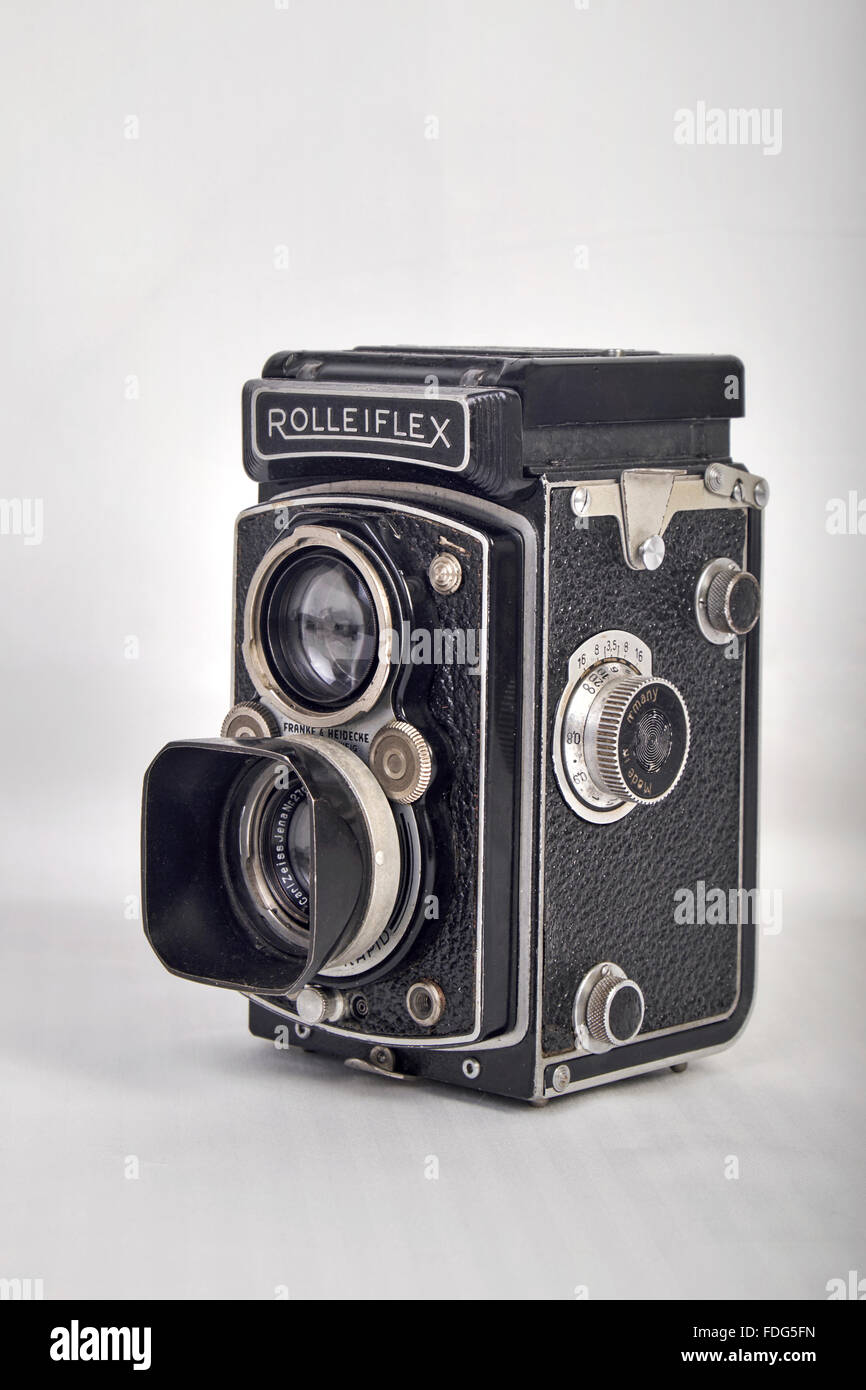
- Rolleiflex 2.8 fx medium format twin lens reflex camera manual#
- Rolleiflex 2.8 fx medium format twin lens reflex camera Pc#
It’s perhaps best to whisper it if you’re in earshot of Rollei enthusiasts, but some people say that Minolta’s Autocord comes close to matching the mighty Rolleiflex in terms of image quality. If it later transpires that a TLR isn’t for you, or you decide it is and you want something more refined, just sell it for as little as you paid and move on. As the A has the same triplet lens as its more expensive and refined siblings, it’s capable of turning in a reasonable result – it’s not exceptional, but it’s not bad, either. So why is it here? Well, if all you want to do is try a TLR, without breaking the bank or experiencing the lo-fi delights of a Lubitel, you can pay as little as £25 for a working example.
Rolleiflex 2.8 fx medium format twin lens reflex camera manual#
This no-frills camera has a ‘bare-bones’ spec as befits its bottom-of-the-range status, with manual knob wind, manual shutter cocking, four shutter speeds (1/25sec, 1/50sec, 1/100sec and 1/300sec) and an 80mm f/3.5 Yashikor lens that lacks a filter mount.

The Yashica A is a decidedly unremarkable camera, and the least expensive of four alphabetical models (A, B, C, and D) launched in the 1950s.

In short, the Rolleiflex 2.8F is everything a TLR camera could – and should – be, although this is reflected in the price. It’s worth noting that although the performance is considered equal (that is, outstanding), a 2.8F with a Schneider lens is usually less expensive than a Zeiss-equipped version.Īside from its bitingly sharp lens, the vast majority of 2.8F cameras are fitted with a coupled, built-in lightmeter and all feature a depth-of-field indicator, filter compensation, multiple exposure facility, film detection that aligns the first frame automatically, and built-in parallax correction that ensures that what you see is what you get. Post-1966, 220 rollfilm could be used in addition to 120, and from 1973 a Schneider Xenotar lens of similar specification was fitted to most models. The 2.8F was announced in 1960 and came with the now legendary 80mm f/2.8 Zeiss Planar lens. The Rolleiflex 2.8F is widely regarded as the ‘Rolls-Royce’ of TLRs, with a build, finish and image quality that is hard to beat, let alone match (except, perhaps, with a Rolleiflex 3.5F). In recent years the original Russian cameras have suffered from the ‘halo effect’ of Lomography’s near-£300 Lubitel 166+, so while there are still £10 bargains to be had, they are fewer of them. That said, it’s the lo-fi aspect that most are looking for when they choose a Lubitel, and the 166B is often happy to oblige: the red viewing window and plastic construction can result in light leaks multiple exposures (both accidental and deliberate) are easy to achieve and both focus and exposure can fall-off at the edges of the frame.

Rolleiflex 2.8 fx medium format twin lens reflex camera Pc#
There’s a PC sync socket for flash, a 40.5mm filter thread, and although Lubitels are often associated with ‘toy cameras’, the 75mm triplet lens can produce a reasonable result. However, what you get for your money isn’t all bad. In essence, it’s a simplified version of the company’s original 166, which was designed to be cheaper to manufacture and buy. Lomo’s Lubitel 166B is an often-maligned plastic TLR that emerged from the Soviet Union in 1980.


 0 kommentar(er)
0 kommentar(er)
